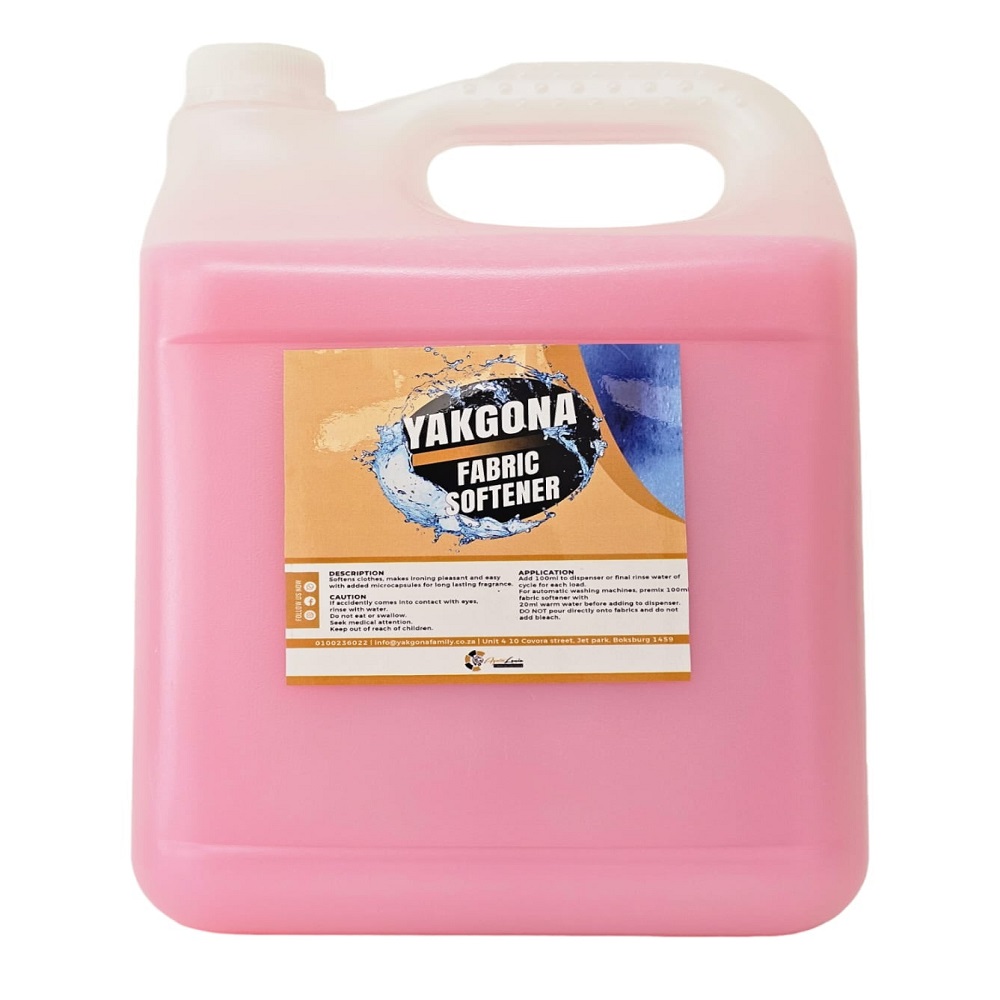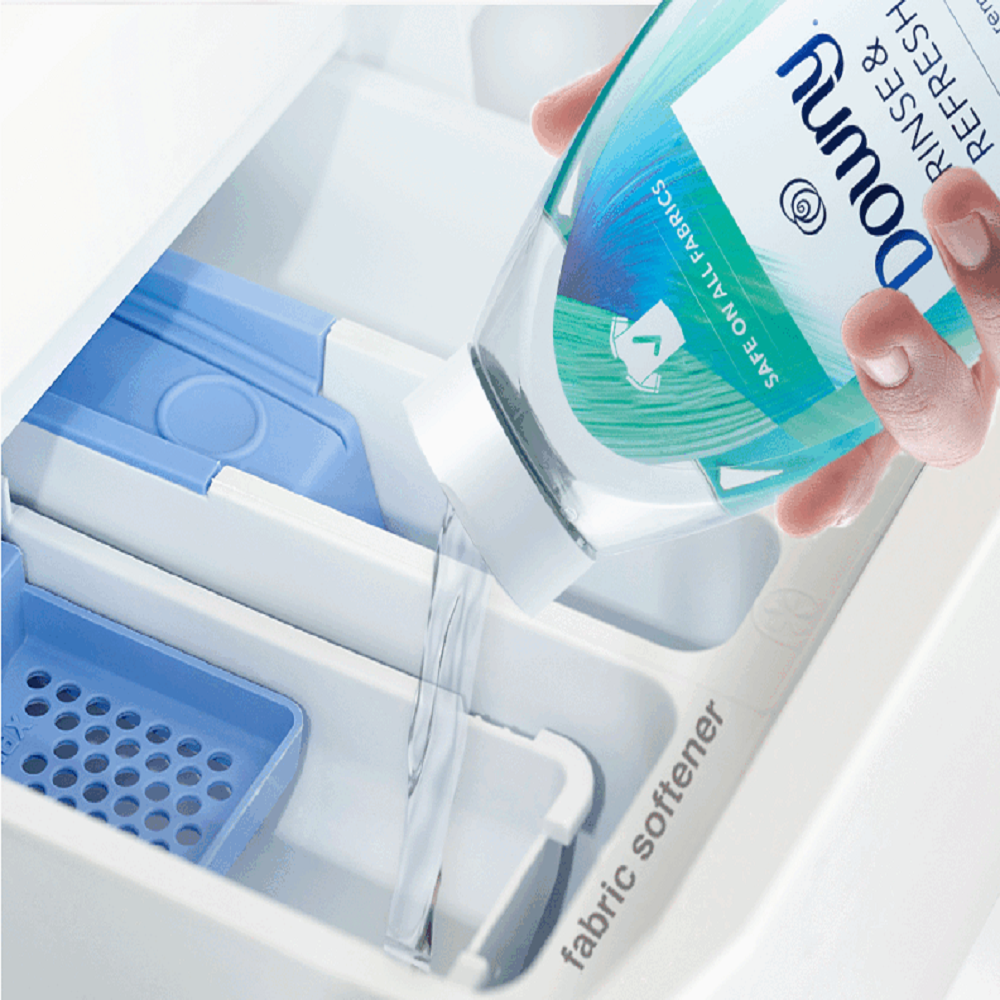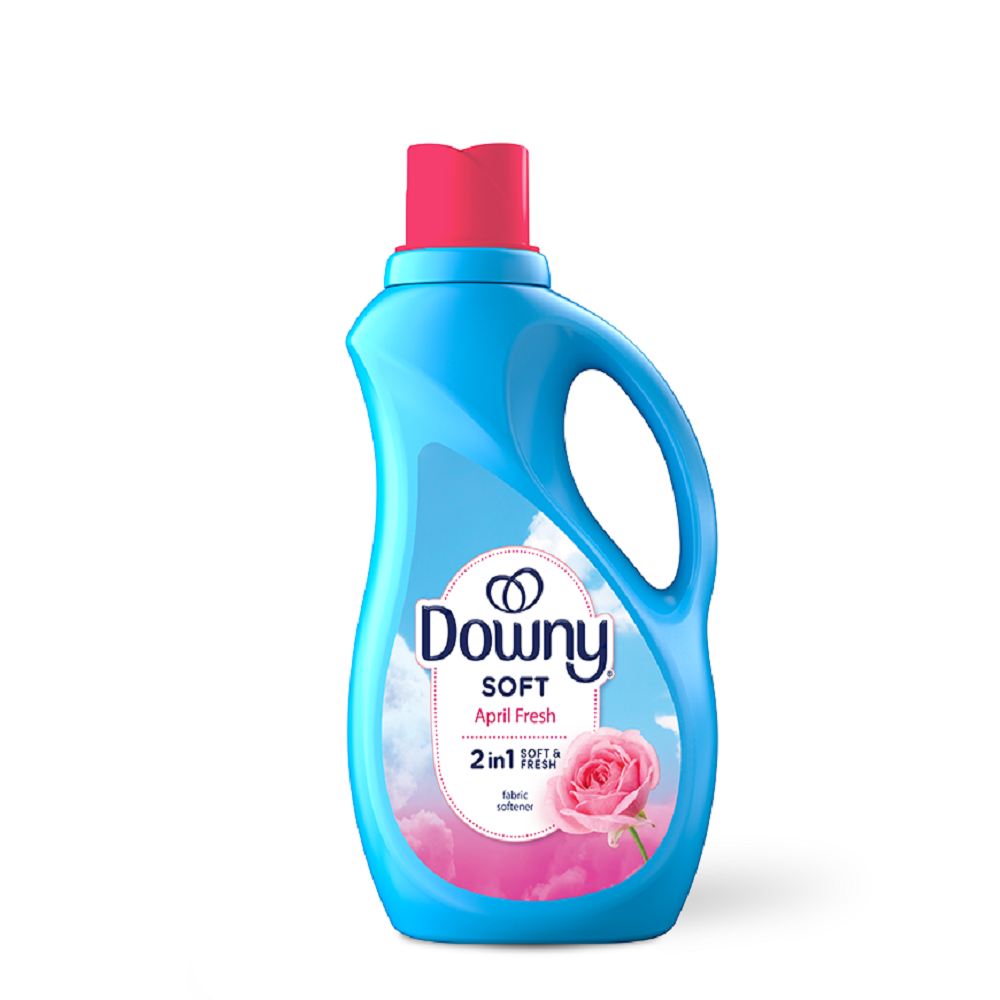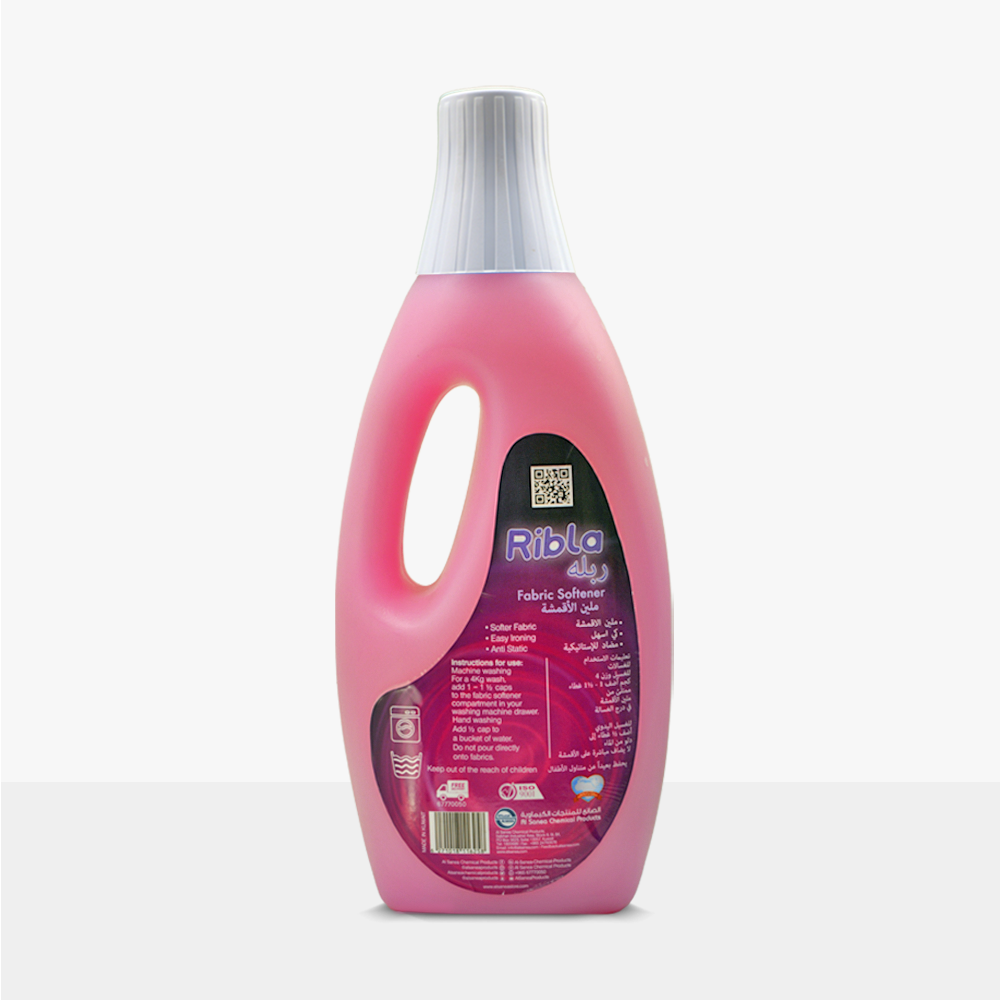Introduction to Fabric Softener and Its Benefits
Fabric softeners are a popular laundry aid that can make fabrics feel softer, reduce static cling, and impart a pleasant fragrance. They typically come in liquid form or sheets and contain compounds that lubricate the fibers of fabric. This makes textiles more flexible and gives them a smoother texture. Here are some key benefits:
- Enhanced Softness: Fabric softener coats fibers, making clothes, towels, and linens feel softer against the skin.
- Fragrance: It leaves a fresh scent that can last for days, making your garments feel clean and aromatic.
- Reduced Static: By neutralizing the electric charge that builds up in clothes during the drying process, fabric softeners help prevent static cling.
- Easier Ironing: Softener-treated fabrics are usually easier to iron because the fibers are well-conditioned and less prone to wrinkling.
- Color Preservation: Some fabric softeners claim to help maintain color vibrancy by reducing the friction between fibers that can lead to fading.
Using fabric softener is quite straightforward, but knowing when to add fabric softener to the laundry process is crucial for optimal results. We’ll dive deeper into the timing and application methods in following sections, ensuring you can fully enjoy these benefits without harming your textiles.

Knowing Your Laundry Cycle: When to Add Fabric Softener
Understanding the right moment to add fabric softener to your laundry cycle can significantly enhance the benefits of its use. Different types of washing machines have specific points at which you should add this liquid. Let’s explore when to add fabric softener in both standard and high-efficiency washing machines.
Standard Washing Machines
In standard top-load washing machines, you usually have a designated compartment where you can pour the fabric softener before starting your wash. This compartment automatically releases the softener during the rinse cycle. If your machine doesn’t have such a compartment, wait until the machine has completed the washing cycle and is about to start the rinse cycle. That’s the best time to add fabric softener.
High-Efficiency Washing Machines
High-efficiency (HE) machines operate differently from standard ones. They use less water, which means the fabric softener needs to be added at a specific time to ensure it is distributed evenly. Most HE machines have a fabric softener dispenser that correctly times the release of the softener into the wash. If you’re using an HE machine, just add the fabric softener to the dispenser at the beginning of your wash, and the machine will take care of the rest.
Each type of machine ensures the fabric softener works effectively without leaving residue on your clothes.

The Impact of Fabric Softener on Different Fabrics
Not all fabrics respond to fabric softener in the same way. To ensure the best care for your clothes and linens, tailor the use of fabric softener to the fabric type.
Best Practices for Natural Fibers
Natural fibers like cotton, linen, and wool can benefit from fabric softener. For these fabrics:
- Add Fabric Softener Sparingly: Too much can reduce absorbency, especially in towels.
- Use a Diluted Solution: This helps in even distribution, minimizes residue, and preserves the fabric’s breathability.
- Choose the Right Product: Some softeners are designed specifically for natural fibers.
- Opt for a Fragrance-Free Option if Sensitive: Natural fibers can retain scents strongly.
Recommendations for Synthetic Materials
Synthetic fabrics such as polyester and nylon also work well with fabric softener, but with a few caveats:
- Check Care Labels: Some synthetic materials may not require or may even be damaged by softeners.
- Use Less Product: Synthetic fibers are less absorbent, so a little goes a long way.
- Pick a Softener for Color Retention: If you want to keep the vibrant colors of your synthetics.
- Apply In the Right Cycle: Remember that timing is key, so add fabric softener during the rinse cycle.
When to add fabric softener is as important as knowing how to add. Using these guidelines can offer the benefits of fabric softener while keeping your fabrics in top condition.
Common Mistakes to Avoid When Using Fabric Softener
To get the most out of your fabric softener, steer clear of common missteps. Many people unknowingly reduce the effectiveness of fabric softener by using it incorrectly. Here are mistakes to avoid:
- Overuse: Adding too much fabric softener can lead to build-up on fabrics. This makes clothes less breathable and can cause a waxy residue.
- Pouring Directly On Clothes: Directly applying fabric softener onto clothes can cause staining. Always use the designated dispenser or dilute it first.
- Using With Every Wash: Not all laundry needs fabric softener. For example, active wear or microfiber should skip it to maintain their moisture-wicking properties.
- Ignoring Water Temperature: Some fabric softeners work best in warm water. Using them in cold water might not yield the best results.
- Mixing with Detergent: Don’t add fabric softener at the same time as detergent. It may reduce its ability to soften and can interfere with detergent’s cleaning power.
Remember, the key to utilizing fabric softener lies in when to add it and how much to use. Following these guidelines will help you avoid the common pitfalls and ensure your laundry remains fresh, soft, and in excellent condition.

Alternative Methods: Fabric Softener Balls and DIY Softeners
While traditional liquid softeners are popular, alternative methods like fabric softener balls and homemade softeners are gaining traction. People are exploring these options for various reasons including cost savings, environmental concerns, and personal preferences. Here’s how to use these innovative methods effectively.
Fabric Softener Balls
Fabric softener balls are a reusable, eco-friendly alternative to liquid softeners. They work by mechanically softening your fabrics as they tumble in the dryer. To use them:
- Add them to the dryer: Simply toss the balls into the dryer with your wet laundry.
- Use wool or rubber balls: Choose natural wool balls for a chemical-free option, or rubber balls for durability.
- Try adding essential oils: For fragrance, you can add a few drops of your favorite essential oil to the balls.
- Check their lifespan: Replace the balls as needed, depending on the material they’re made from.
These balls can help to reduce static and save energy by potentially speeding up the drying process.
DIY Fabric Softeners
Creating your own fabric softener at home can be simple and cost-effective. You can make a natural softener using basic ingredients like:
- Vinegar: Use white vinegar as a base for its natural softening properties.
- Baking soda: Add baking soda to neutralize odors and soften water.
- Essential oils: Choose oils like lavender or eucalyptus for added scent.
Combine these elements in your rinse cycle for a homemade solution. DIY softeners are often hypoallergenic and can be a good choice for those with sensitive skin. Remember to use them sparingly to avoid residue on your fabrics.
Incorporating fabric softener balls or creating your own softeners can be a great way to customize your laundry routine. These methods might also align better with your lifestyle, whether you’re eco-conscious or simply looking to save on household expenses.
The Role of Fabric Softener in Static Reduction and Fragrance
Fabric softener plays a crucial role in reducing static cling. Static buildup often occurs during the drying process. It makes clothes stick together annoyingly. Fabric softener neutralizes this by coating the fibers. This action prevents the buildup of static electricity, simplifying your laundry handling post-dry cycle.
Moreover, fabric softeners are renowned for leaving a lasting fresh scent on garments. The fragrances infused in these softeners adhere to clothing fibers, imparting a pleasant aroma throughout the day. Different softeners come with various fragrance options, allowing you to choose according to your personal preference. This can enhance your overall laundry experience, making your clothes not only feel softer but also smell fresher.
By integrating fabric softener into your laundry routine at the right time, specifically during the rinse cycle, you leverage its benefits. This ensures a reduction in static cling and an infusion of appealing fragrance to your wardrobe.
Final Thoughts: Balancing Softness and Laundry Care
In summing up our discussion on when to add fabric softener, the key is balance. Let’s recap the critical points for fine-tuning your laundry care:
- Time it Right: Always add fabric softener during the rinse cycle, not before or with detergent.
- Follow Directions: Use the right amount as recommended, and avoid pouring it directly onto clothes.
- Pick your Product Wisely: Choose a softener compatible with your fabric types and washing machine.
- Consider Alternatives: Fabric softener balls and DIY mixtures can offer environmental benefits and savings.
Understanding the nuanced role of fabric softener will not only give you softer clothes but also protect your garments’ durability and functionality. Balancing softness with proper laundry care will have your clothes feeling and smelling great, use after use. Know your cycles, respect your fabrics, and adjust your softener usage accordingly to maintain the quality and longevity of your wardrobe. Happy laundering!









